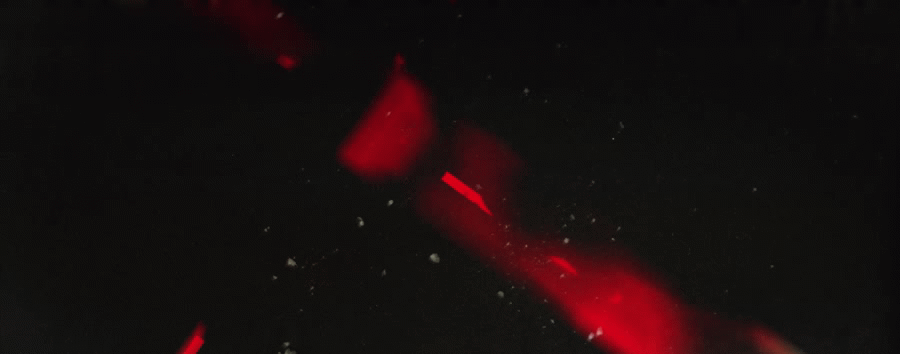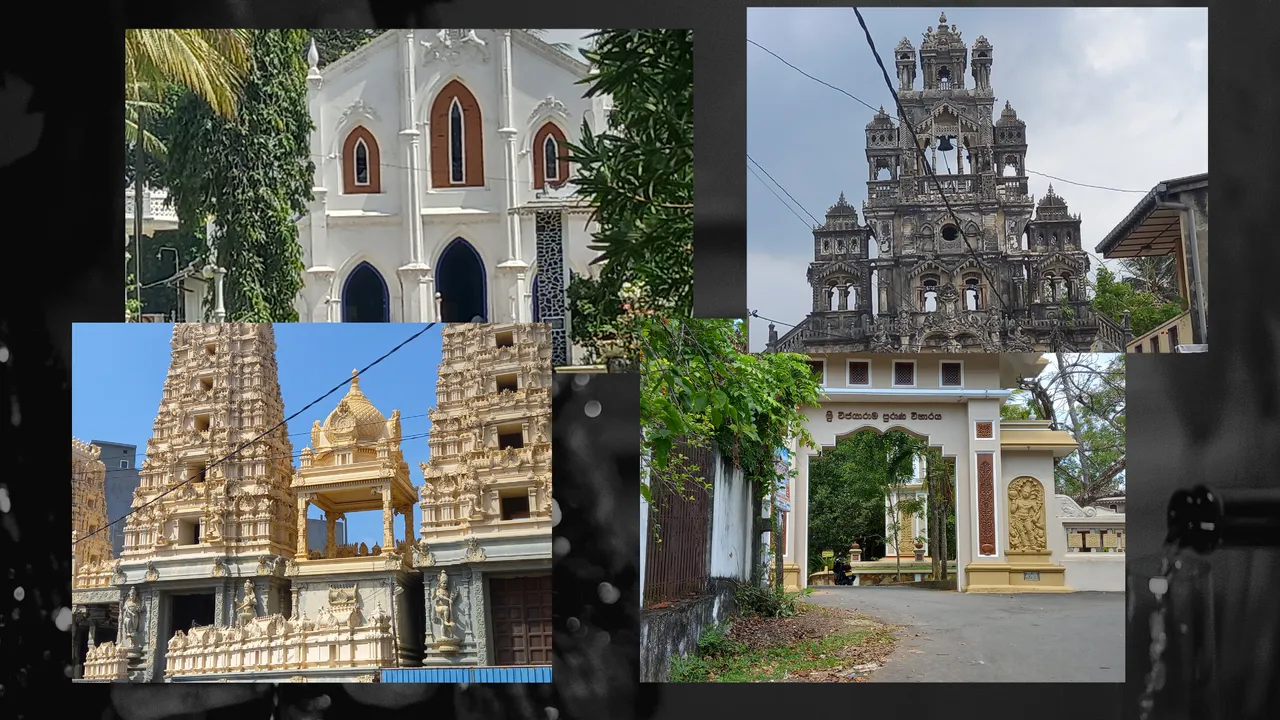
Hi my fellow architecture lovers,
Greetings from Sri Lanka. Today is full moon poyaday to Sri Lanka. So I had holiday from my working place. Yesterday I discussed with my wife where we will travel tomorrow. Finally we came to final decision. So today early morning we had prepared for go final destinations. In this community I couldn't show Hindu shrines in Sri Lanka. Otherwise I introduced special architectural features of other relegious shrines. Like as living more Buddhist here so many temples built from various architectural features. While my travel I explored awesome architectural varvings and styles.
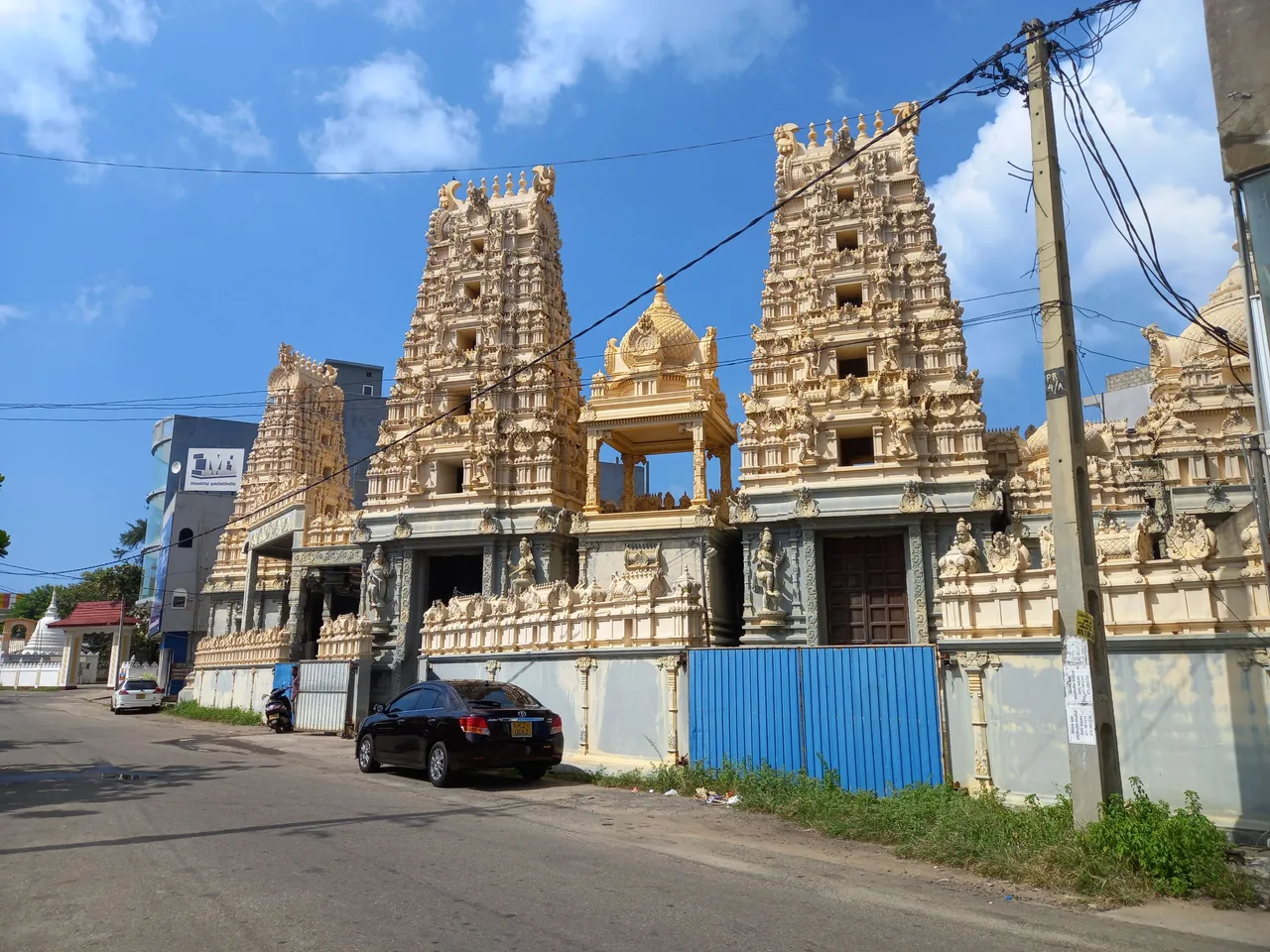
I left for Ambalangoda this morning. We had to go about thirty five kilometers from home. A short distance after the city of Galle, we saw a Tamil temple where Hindus as well as other nations worshiped. Even in Indian temples, the front is awe-inspiring. Since I had not entered a Hindu temple since my childhood, I decided to go inside. When I went near the entrance, I saw a sign on display saying that photography is not allowed inside. Therefore, without going inside, I will present to you the exterior architectural shapes.
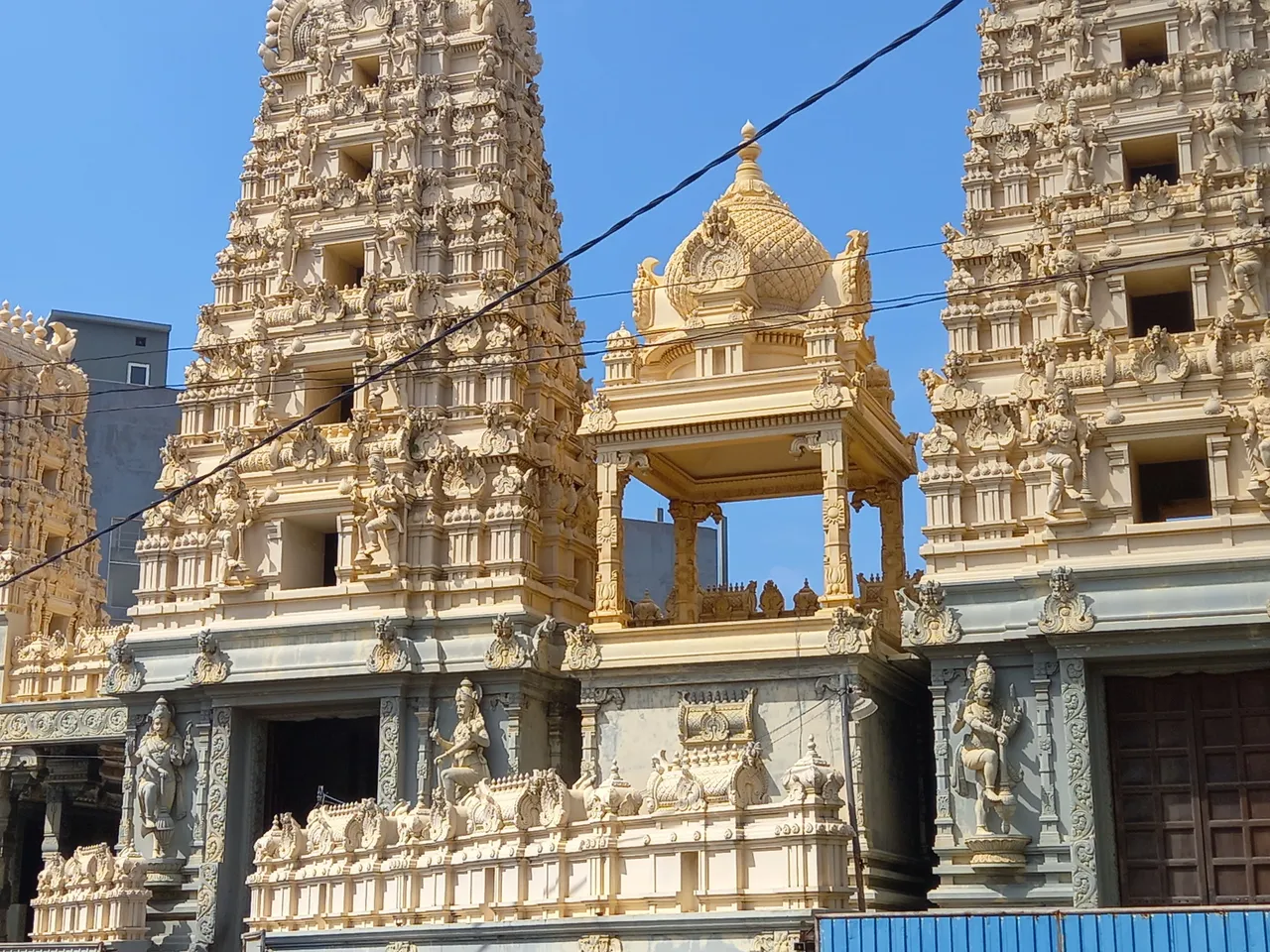
The exterior of this temple looks similar to the Sanchi Stupa in India. There were three temples here with three main gates, but only one temple was open. It is in these religious shrines that the Hindus worship the God, known by various names, because they believe in God. It is difficult to mention more carvings as I do not have much understanding of Hindu religious features. But each floor has prominent carvings of Gods.
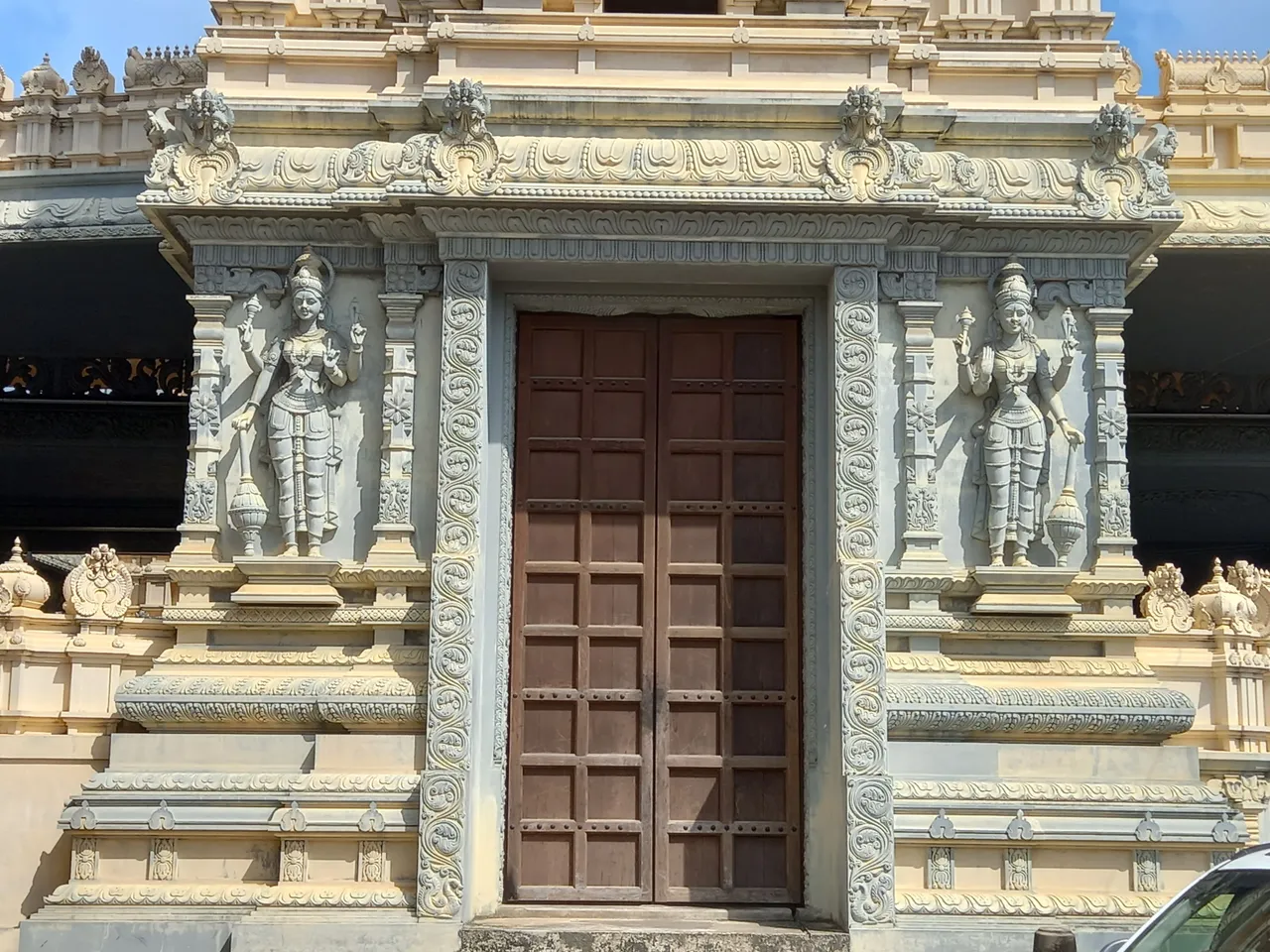
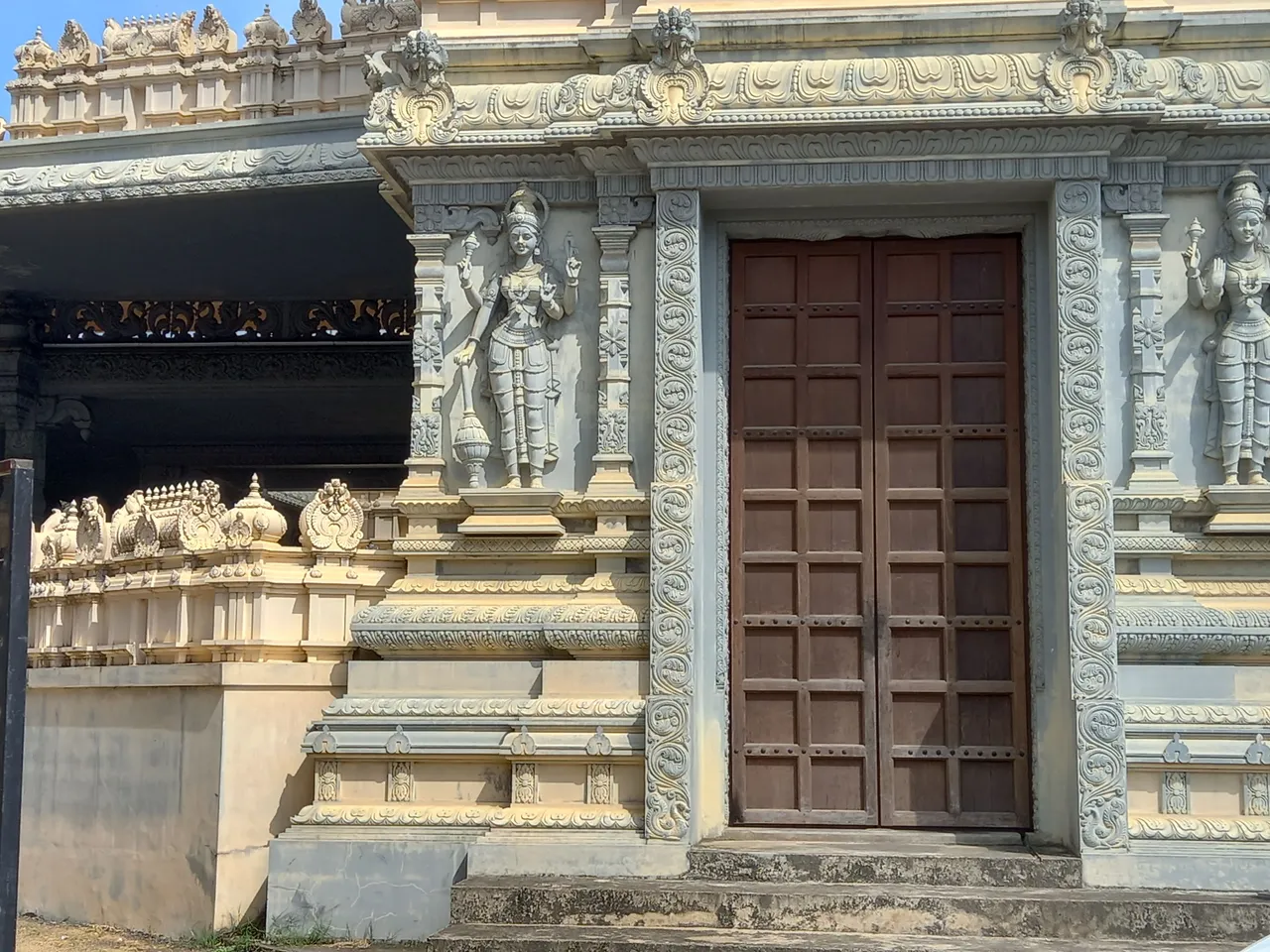
The entrance doors are made of solid wood, with 18 square shapes per door frame. On either side of the entrance, two images of the goddess guarding the temple are engraved. I do not know the name of the image of that goddess. The decorative carvings on the sides of the entrance and above are similar to those of a Buddhist temple. But the presence of four imaginary devil figures above the entrance is a special feature.

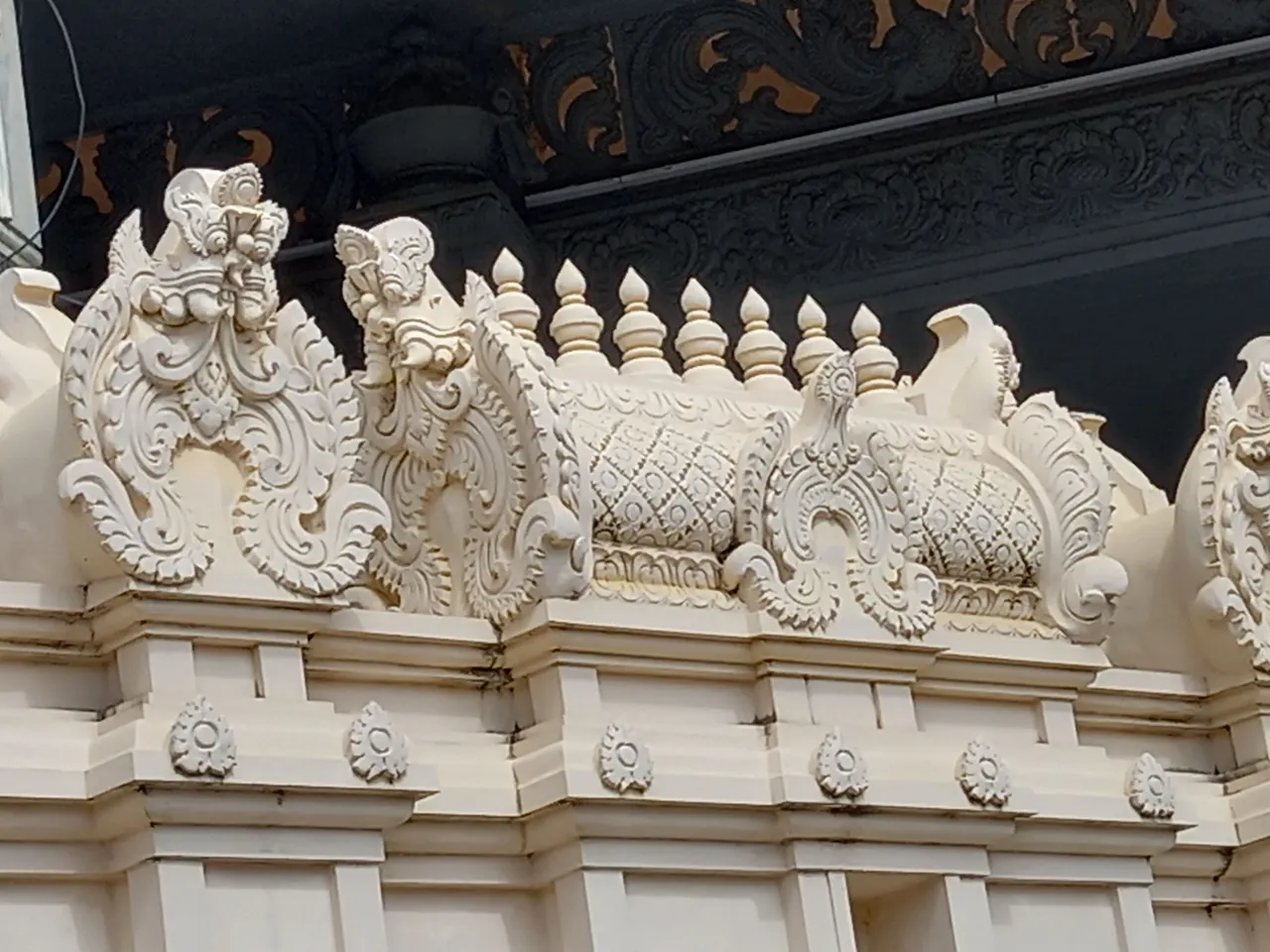
Now you can clearly see the carvings that look like the image of an imaginary demon. This kind of wall carving has never really been seen before. It is fortunate to be able to see such diverse architectural features through travel. Wall carvings of lions, dragons or elephants are often seen in Buddhist temples.
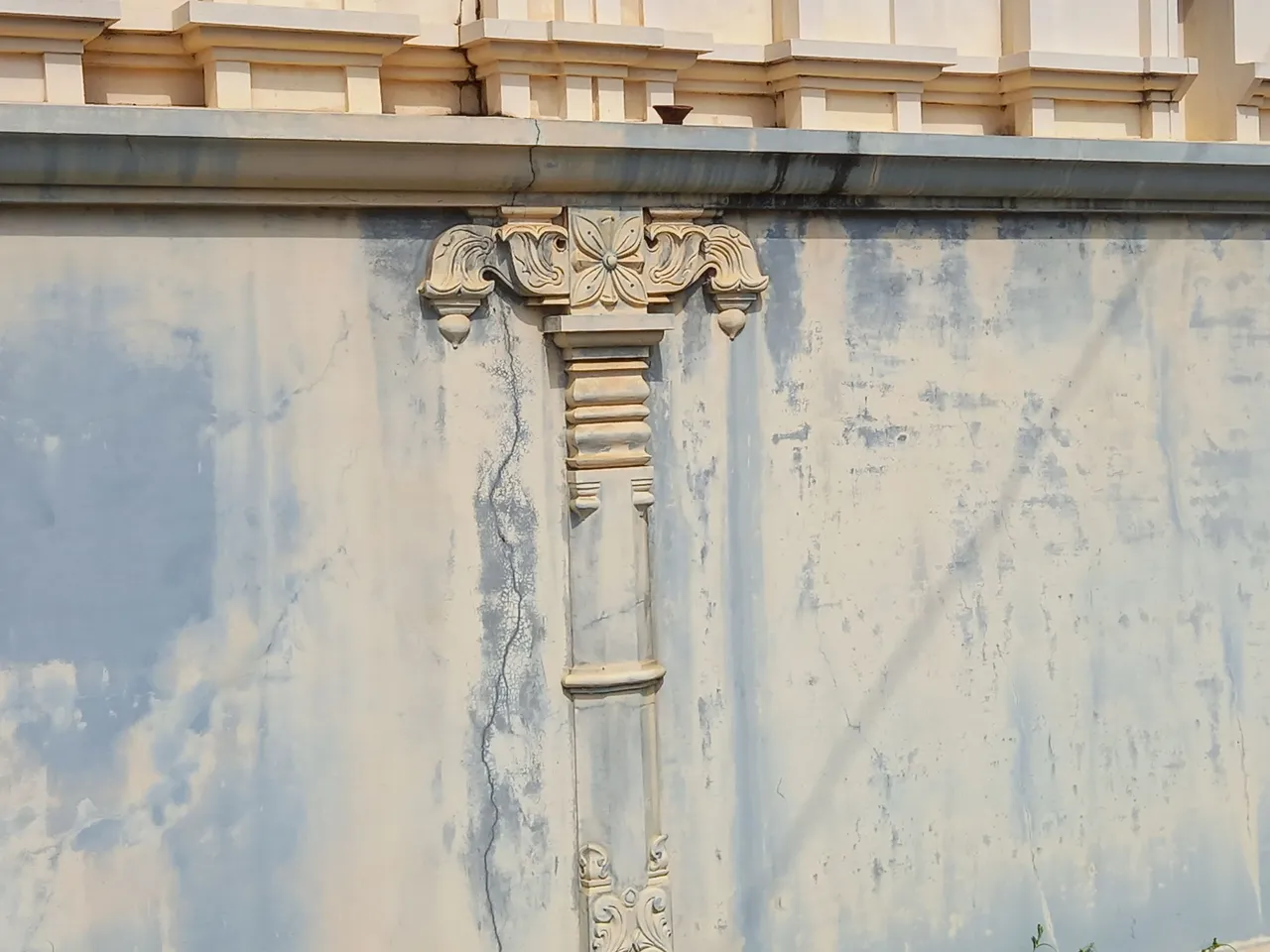
A sculpture of a sword made using flowers and other carvings was also carved on the side of the Hindu temple wall. Often such weapons are shown in a shrine and its protection is said to be a sword. It can be seen from the pictures that Hindu gods have many such strong weapons. But they are drawn imaginatively.
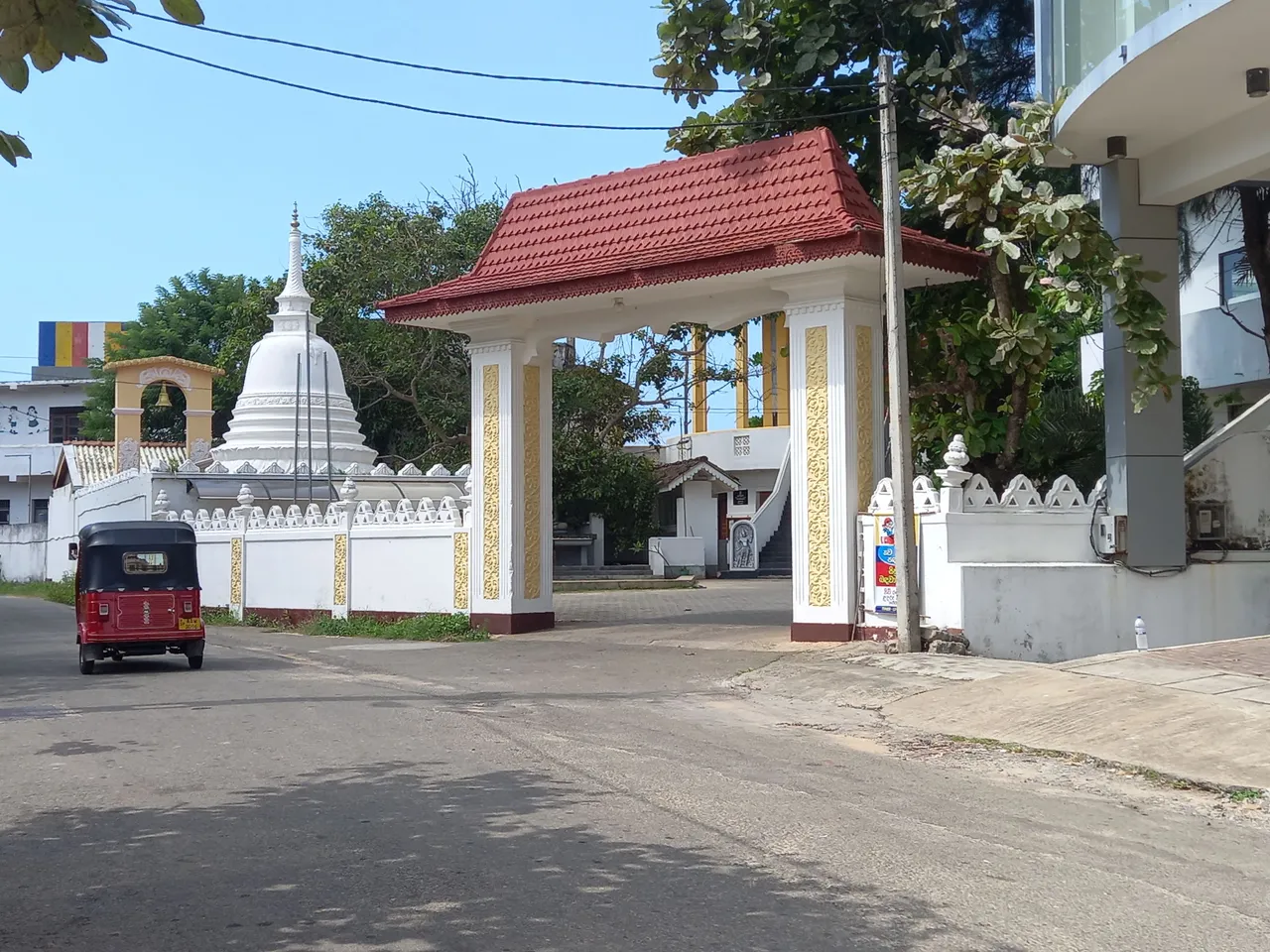
A branch of the International Buddhist Center was built in Kaluwella area. There was a traditional entrance gate, and a tiled roof was created above it.

As Ambalangoda continues on Kularathne Road and travels on Vijayarama Mawatha, you will come across the Sri Vijayarama Old Temple. A gate similar to the entrance of the historic Veherahena Temple was seen in the Sri Vijayarama Old Temple. There are four windows in the wall above the entrance and below the roof. Although it does not look like an old temple as it has been recently painted, Sri Vijayarama Old Temple is an old temple.
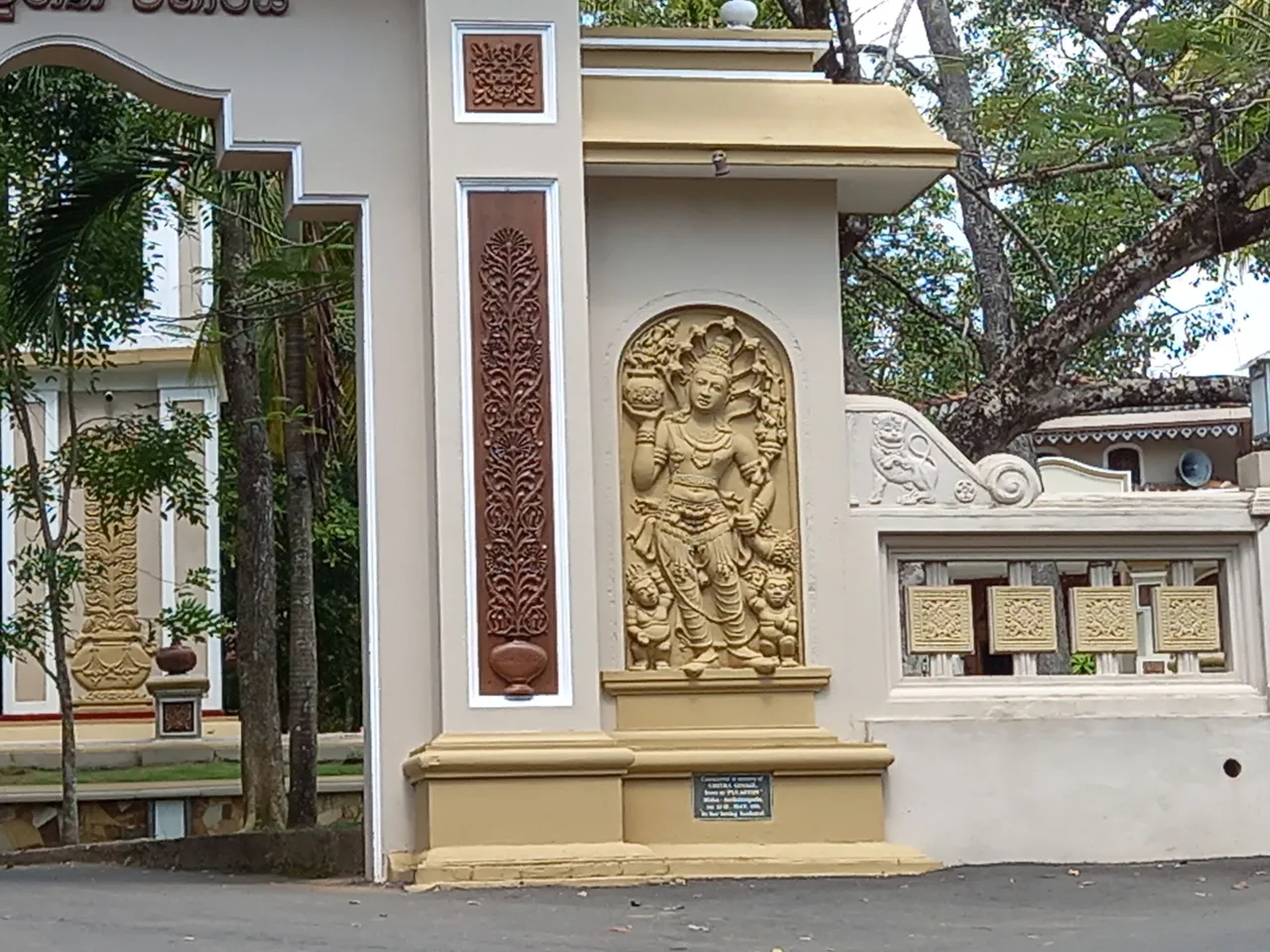
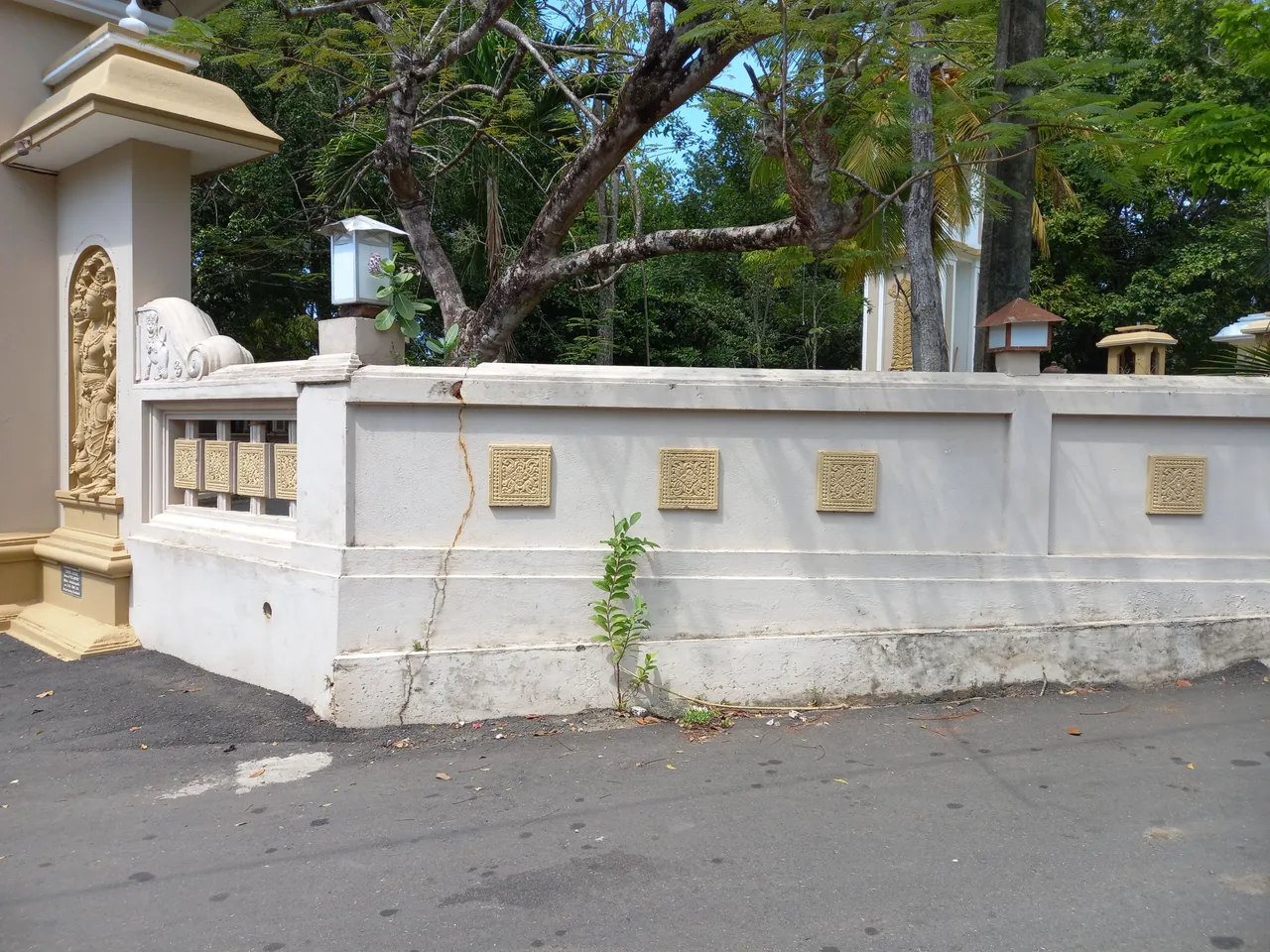
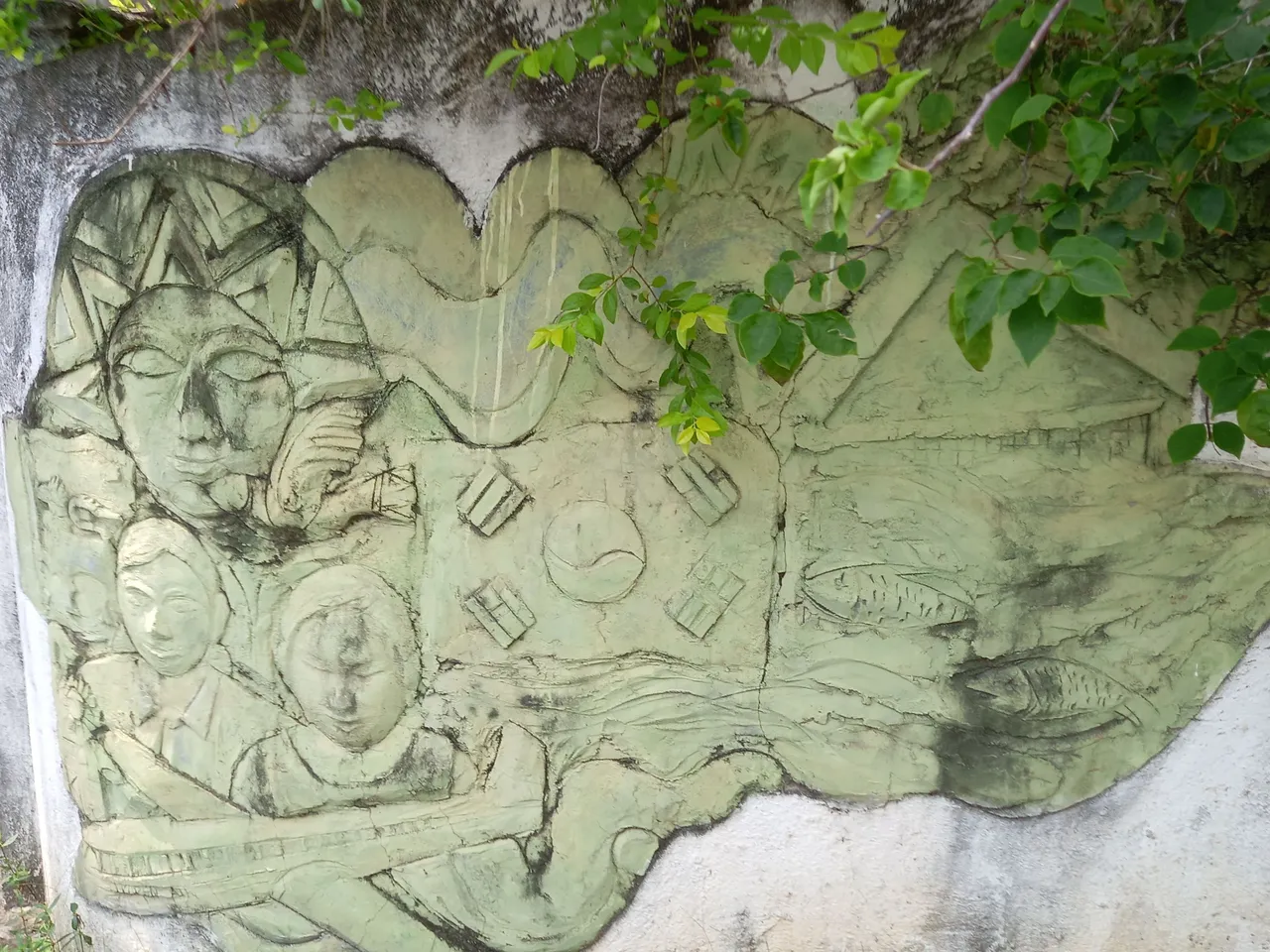
On one side of the wall of the Sri Vijayarama temple was a painting of several people with various objects. Nothing can be imagined about its meaning.
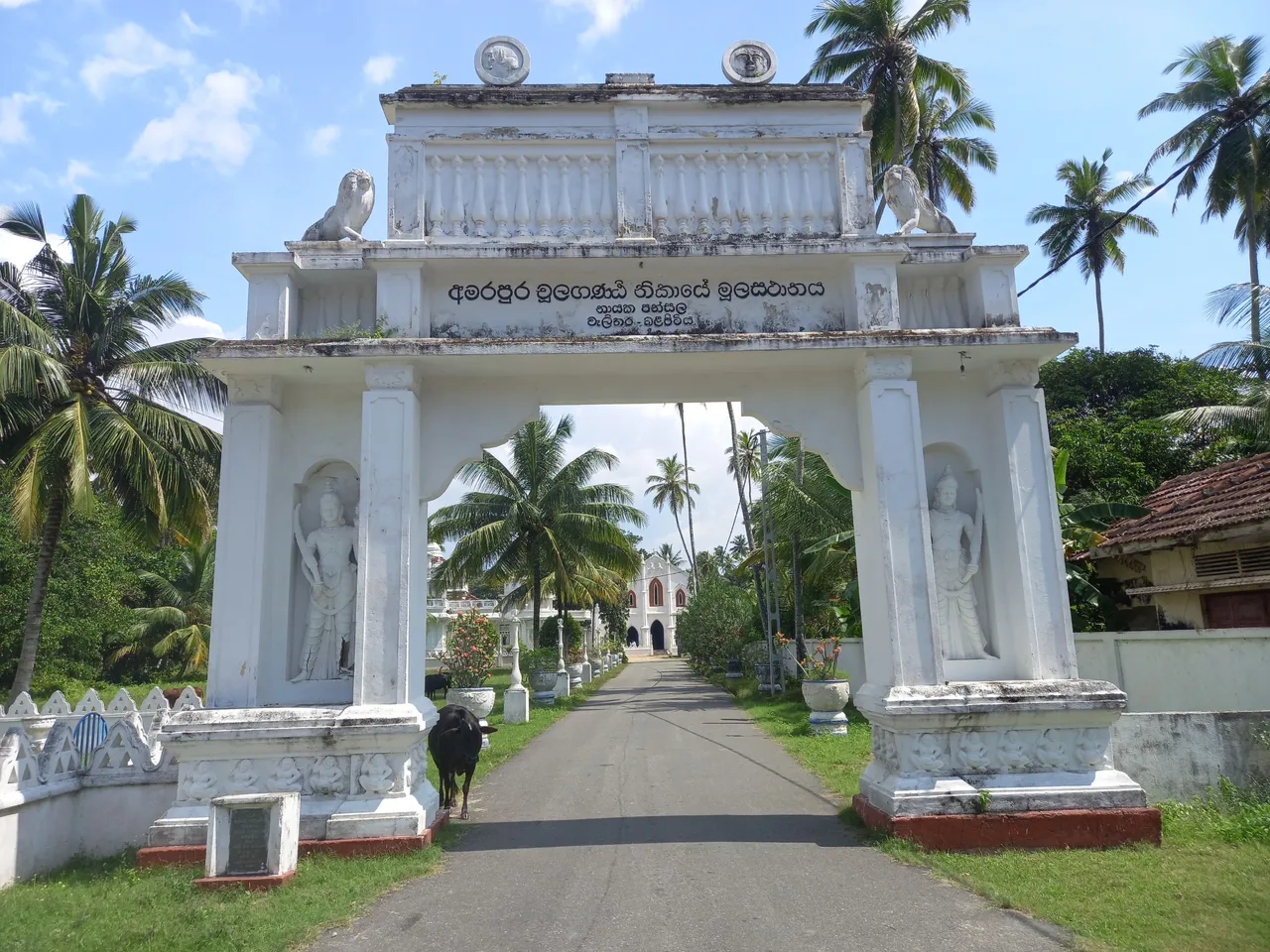
We entered the Nayaka Temple, the headquarters of the Chulagandha Sect in Amarapura. At the entrance there are ancient architectural signs. The places given to the Sun and the Moon in Buddhism can be imagined more clearly. Both signs were located above the entrance. Below that, there were two dedicated lions for the protection of the temple. Indeed, this is a temple with unique architectural features.
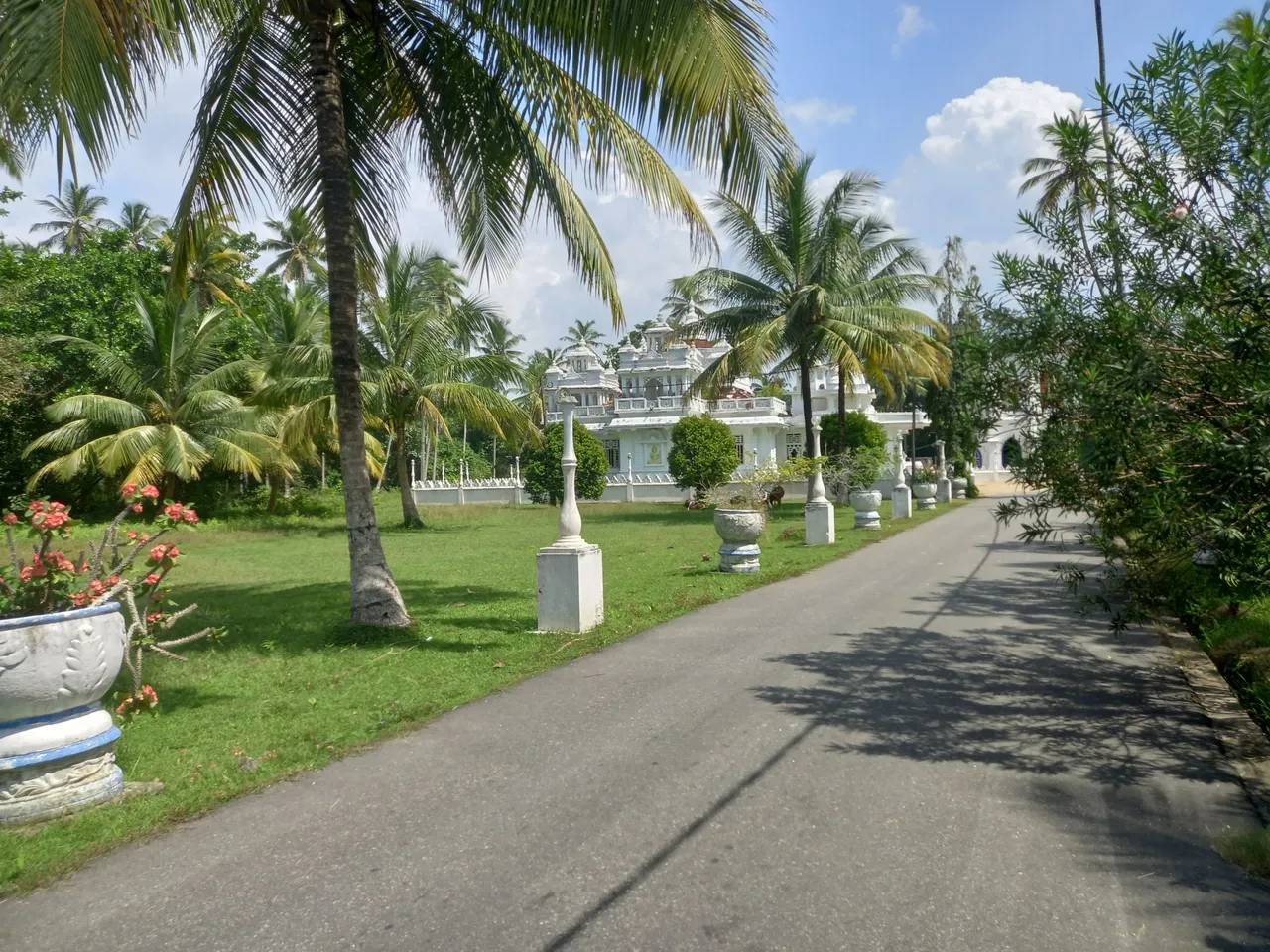
One building of the Nayaka Temple, the headquarters of the Chulagandha sect at Amarapura, was built using Buddhist architecture, while the other building was built using Dutch architecture. We could not inquire about the history of the temple because it was a poya day and the monks were busy. It was seen that the monks are working very hard to maintain the garden of the temple.
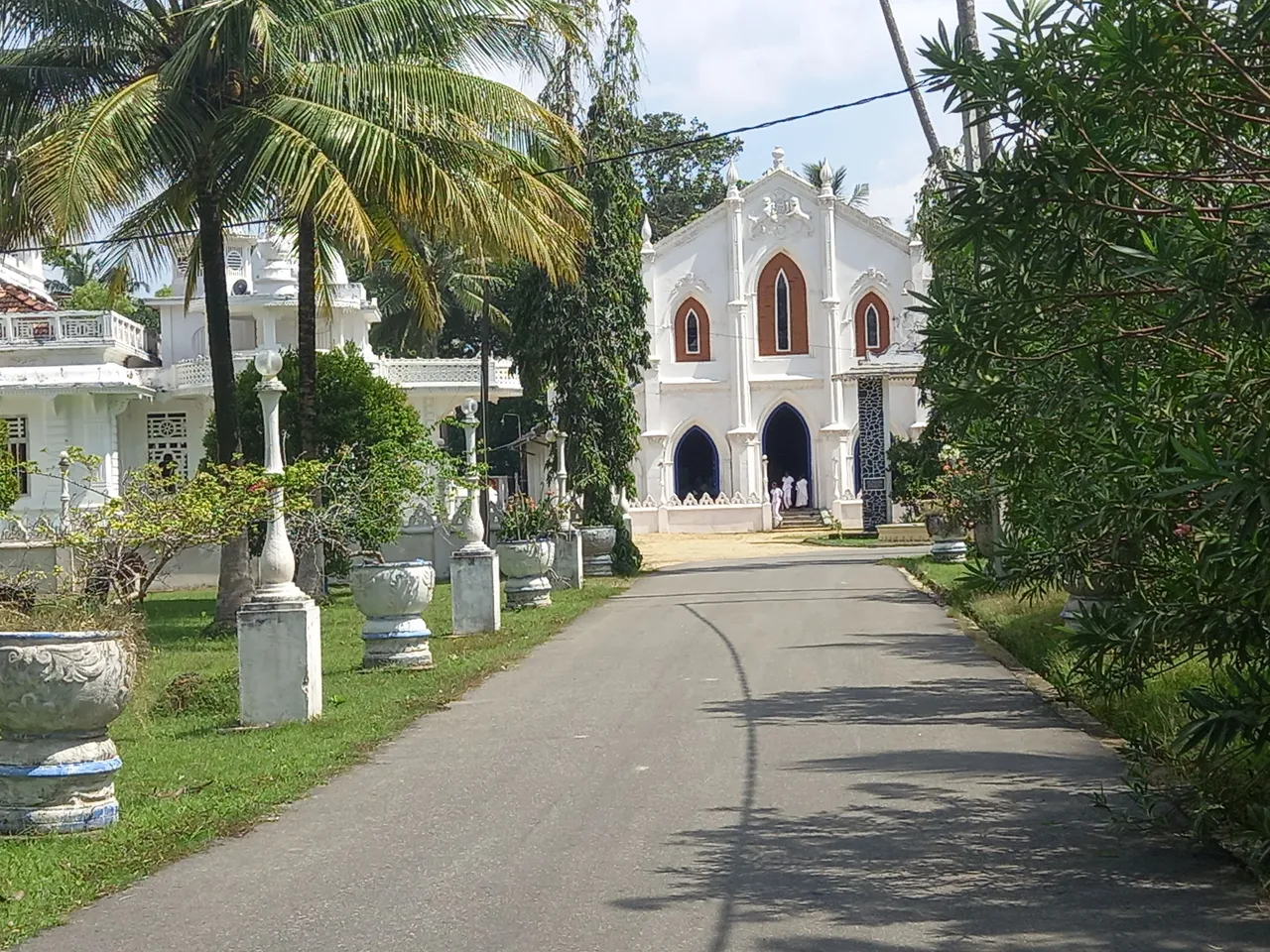
In fact, I could not believe my eyes. It is a matter of surprise that a building that was built as a Catholic church, with the Dutch emblem engraved on the upper wall, was built into a temple. Devotees who came to perform austerities on Poya Day did their work in this old Dutch building.

Perhaps this was during the Dutch colonial period when there was a Catholic church in this place and then the other temple building was built using Buddhist architectural features and used as a Buddha temple. Regardless of what happened in history, seeing such diverse architectural techniques adds additional knowledge to us.

In the garden of this temple, small huts were built in recent times using neo-Buddhist shapes. Pots with attractive shapes have been used to grow decorative flowers. Special mention should be made about the cleanliness of the temple grounds. Although not a very famous temple, there were many important things that we could take in here.

At the end of Ambalangoda Maha Vihara Road, we saw a Buddhist temple in a strange style with incredible architectural features and carvings. I was hoping to take photos inside the temple, but it was not fulfilled because a special ritual took place inside the temple. Inside the temple were also some unique architectural old mansions. Unfortunately we couldn't show them to you. Only my living eyes were lucky to see those buildings.
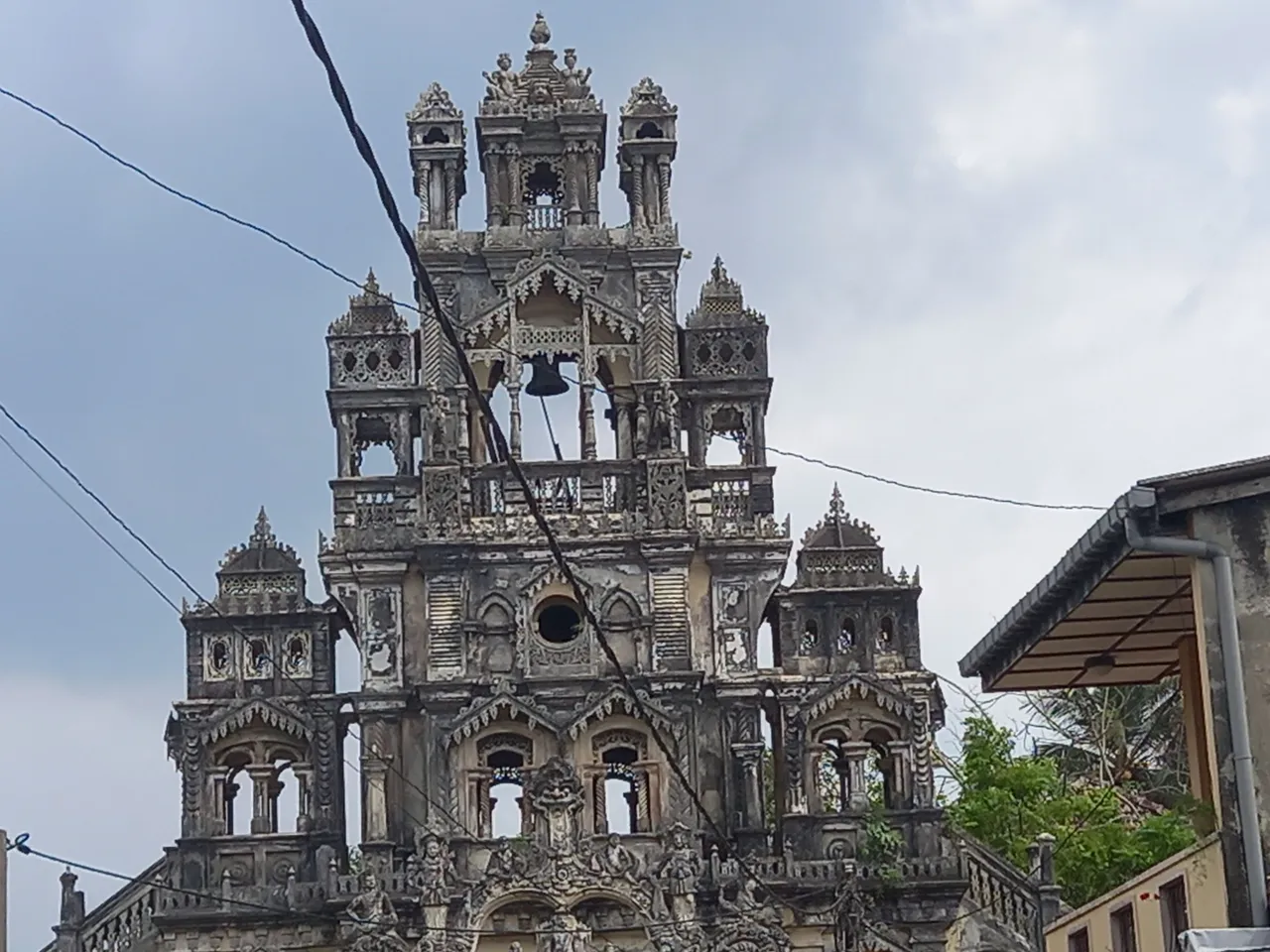
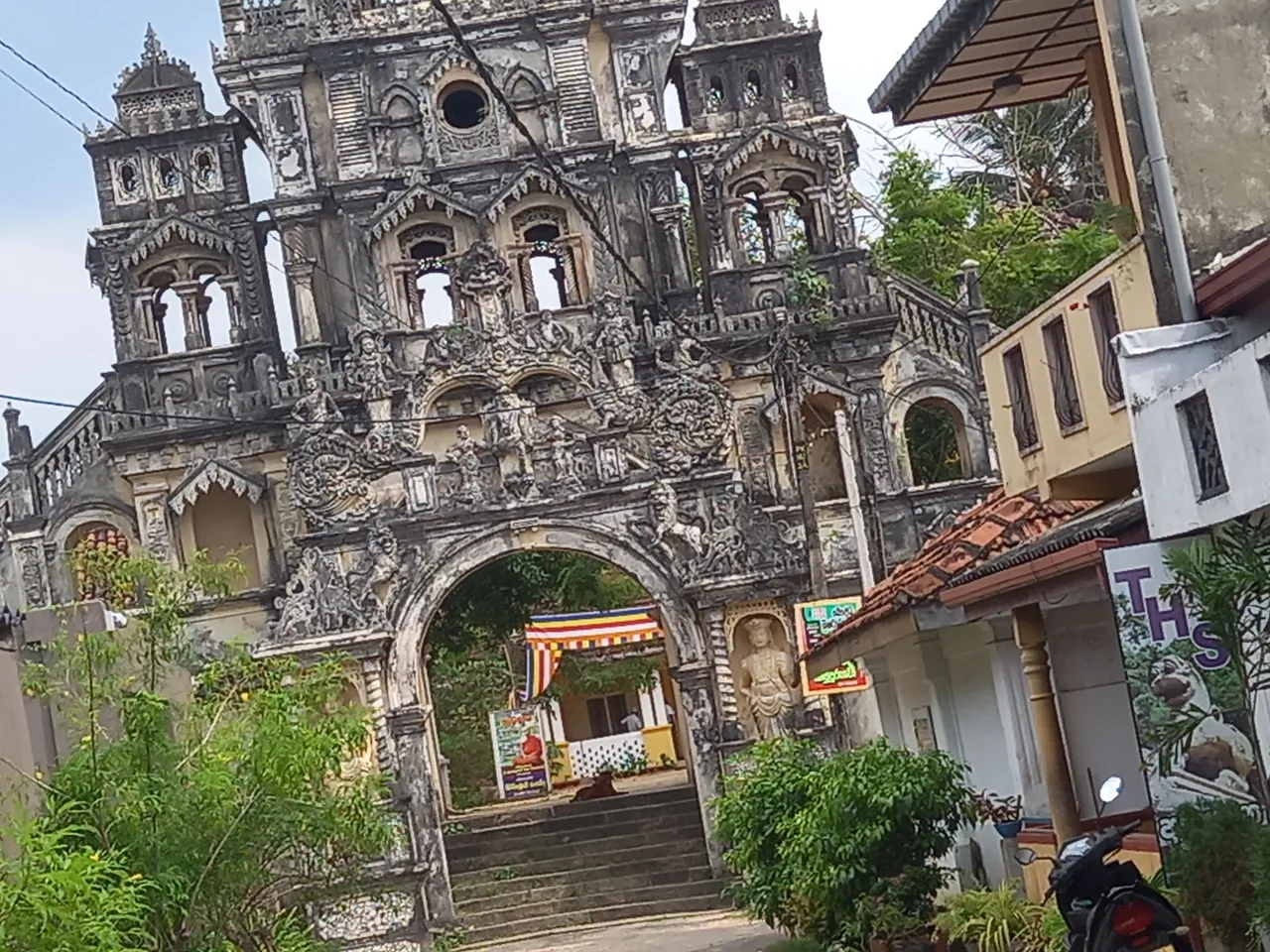
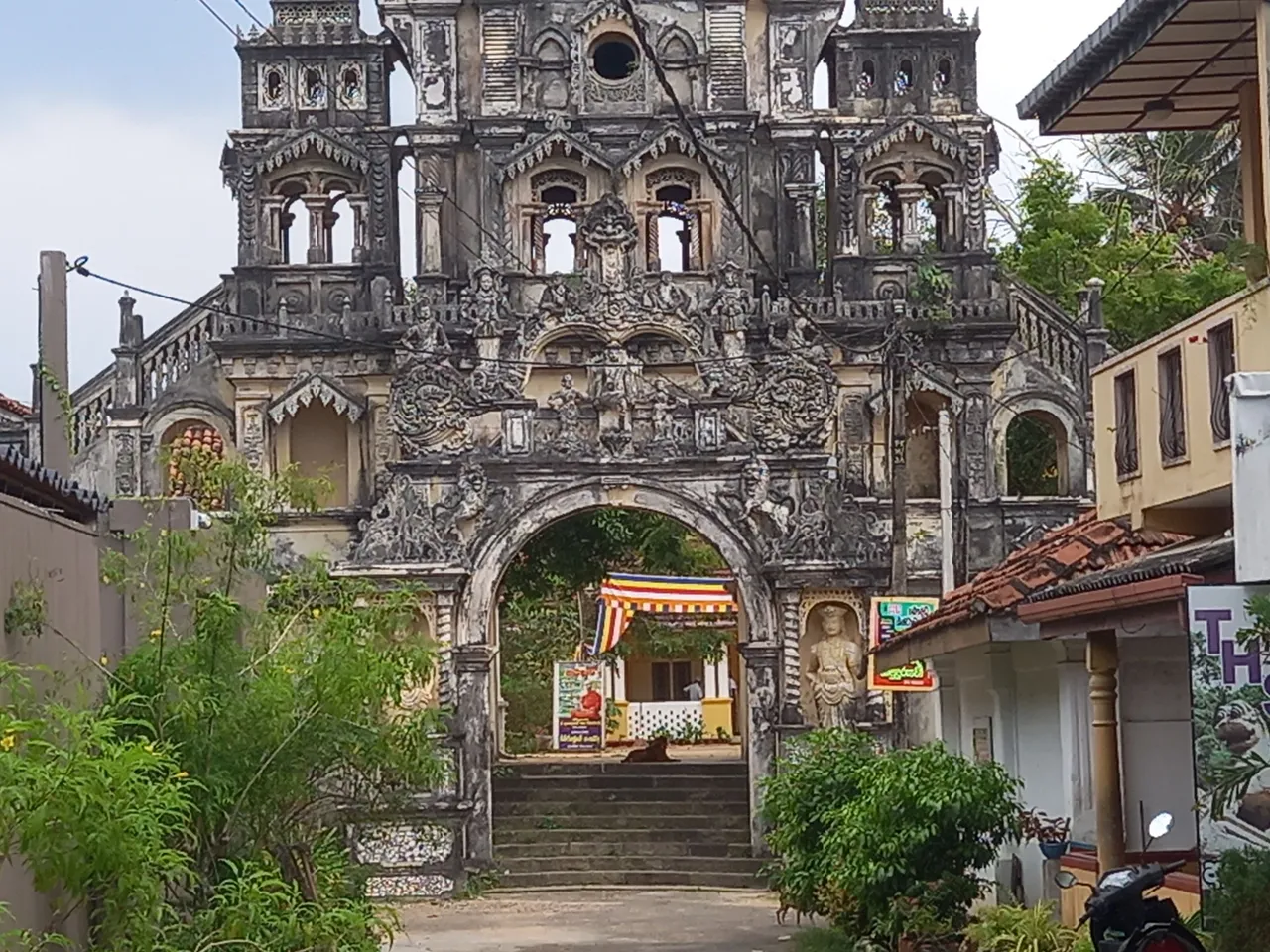

Known as the Sunandarama Maha Temple, the shape of the entrance gate of this temple and the features incorporated in it are very similar to the carved Hindu architecture. It is not possible to get a proper understanding of the carvings as they were not painted recently and were discolored. But the shape of the windows above this entrance is attractive, and a bell can also be seen. This bell is rung to notify the villagers of a special event or an emergency in the temple. At the top you can see carvings like two deities.
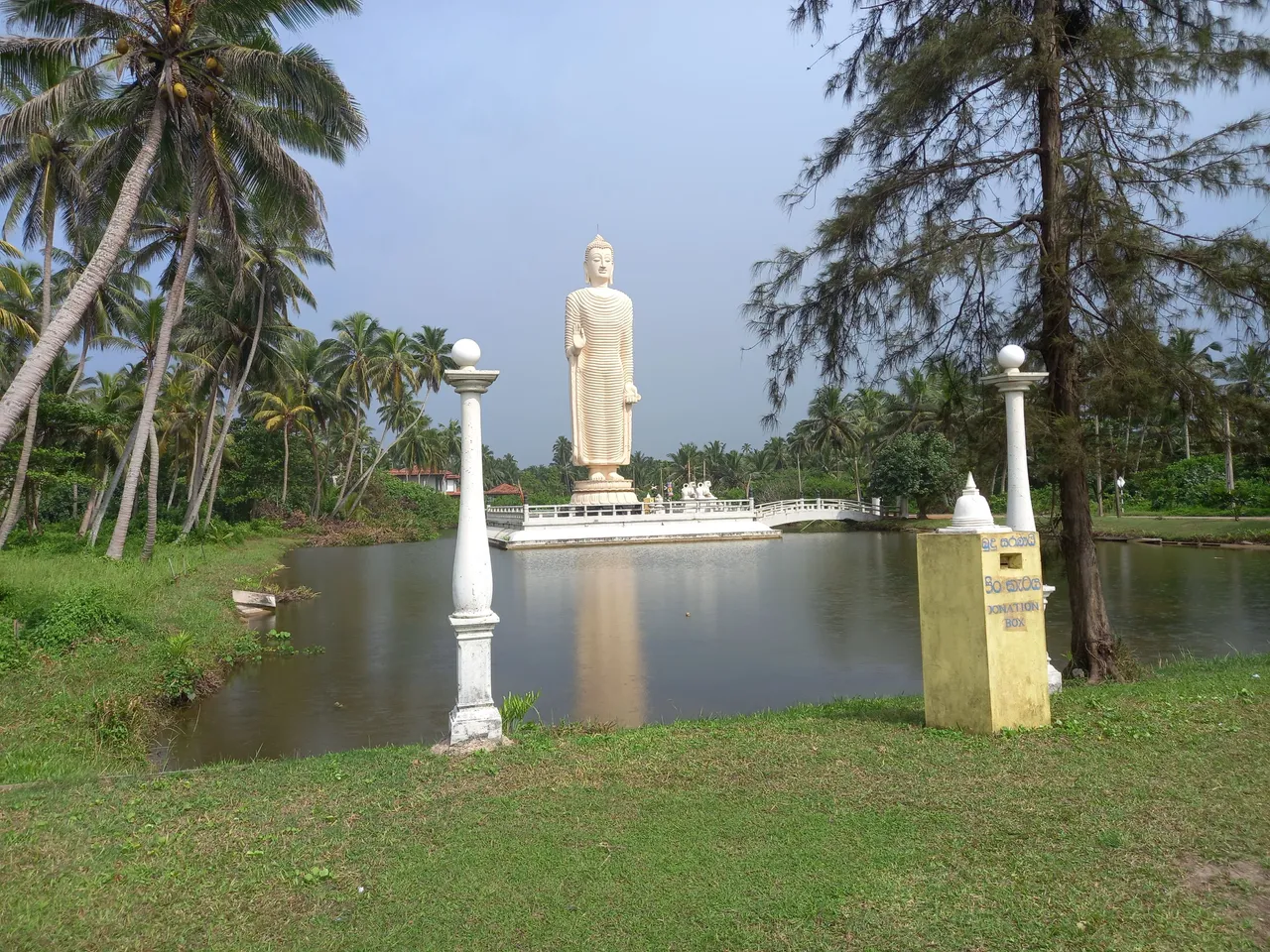 | 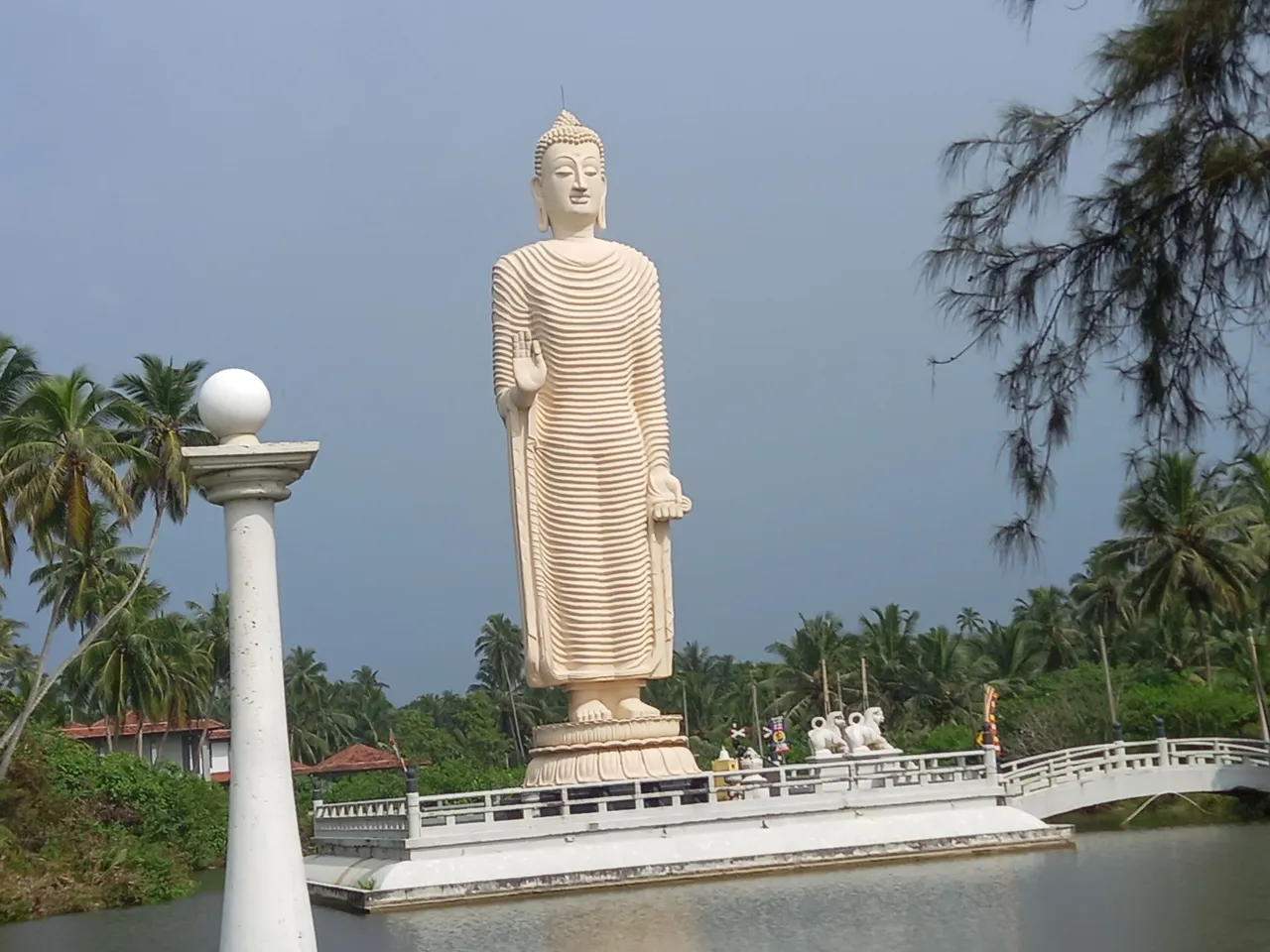 |
|---|
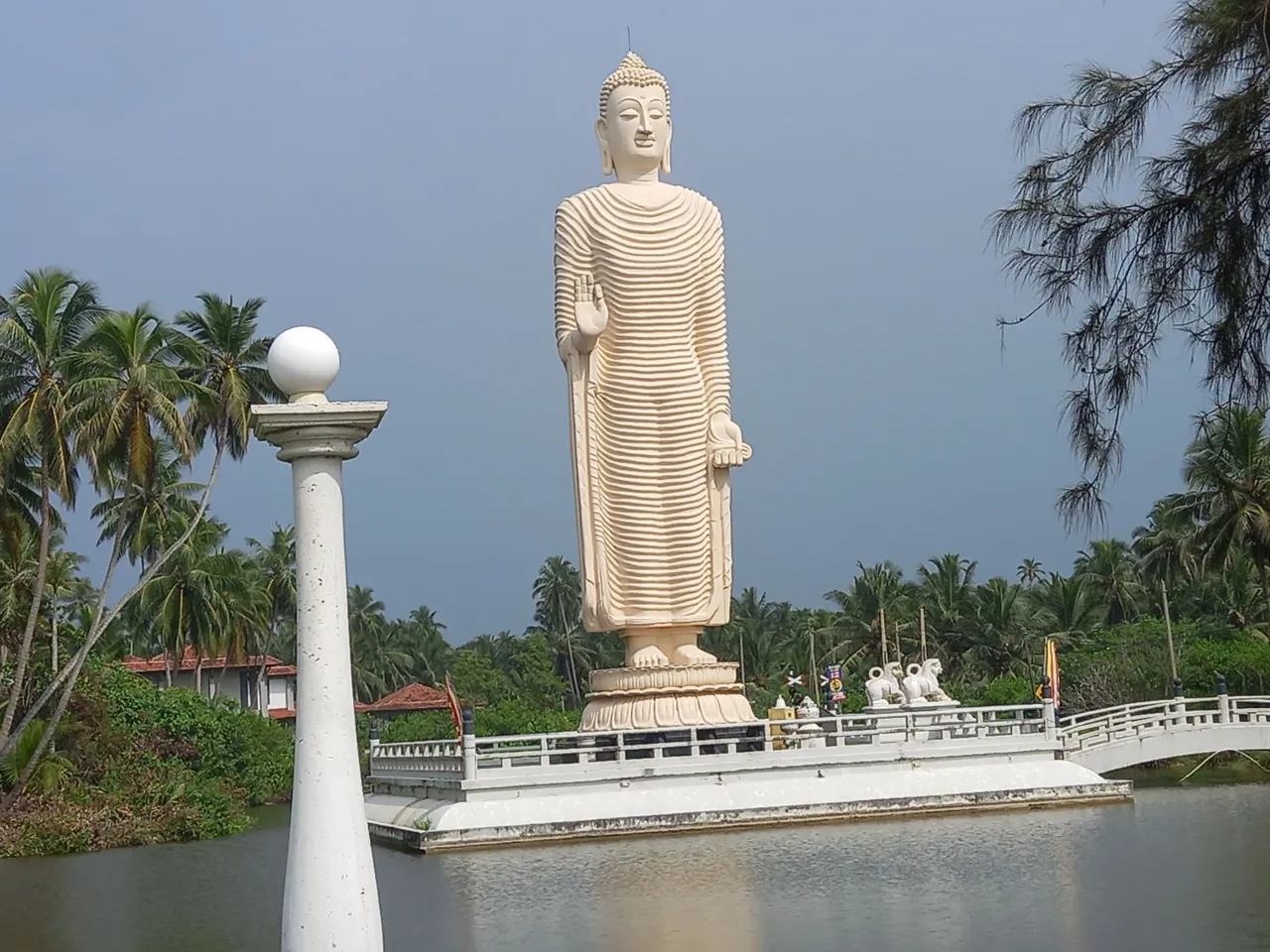
To commemorate the Tsunami disaster that happened in 2004, a Buddha statue showing Japanese architectural features was built in a lake between Ambalangoda and Hikkaduwa. Many people who see the Pareliya Tsunami Memorial statue stop at that place with the intention of seeing a Buddha statue created under the techniques of another country. The shape of Sri Lankan Buddha statue art takes a different look.

